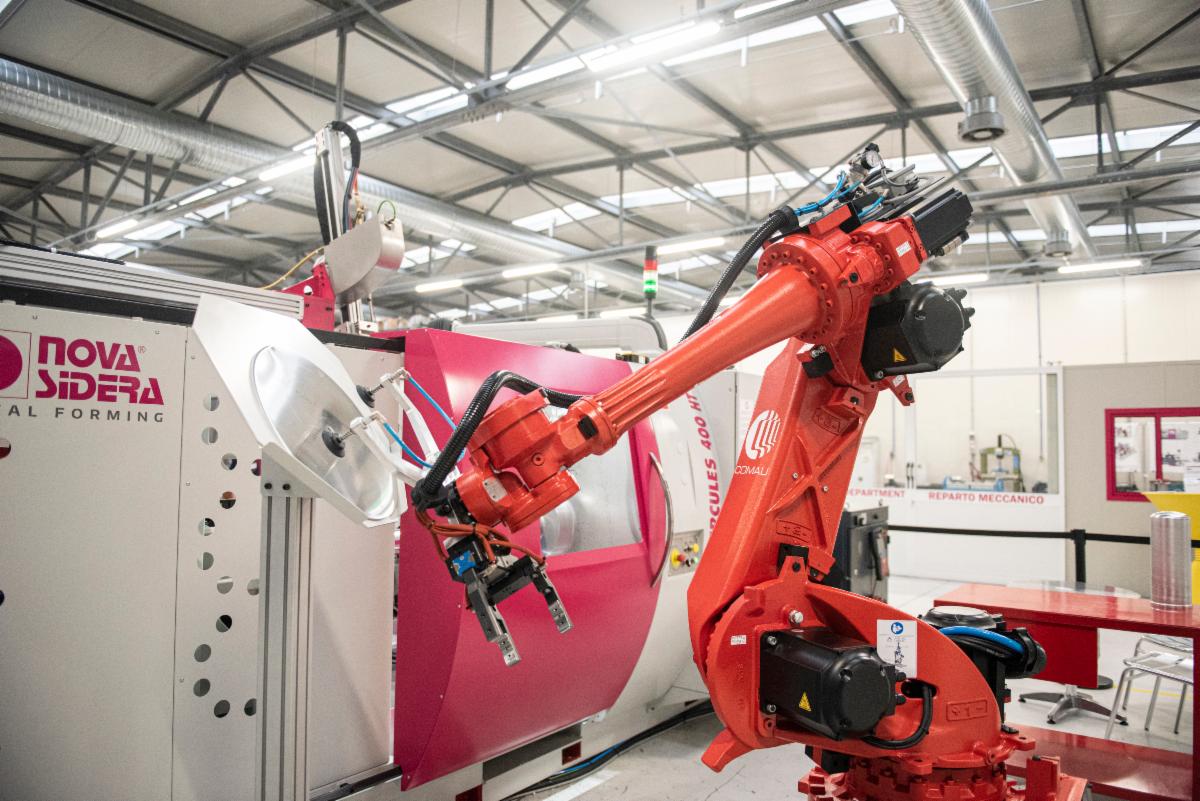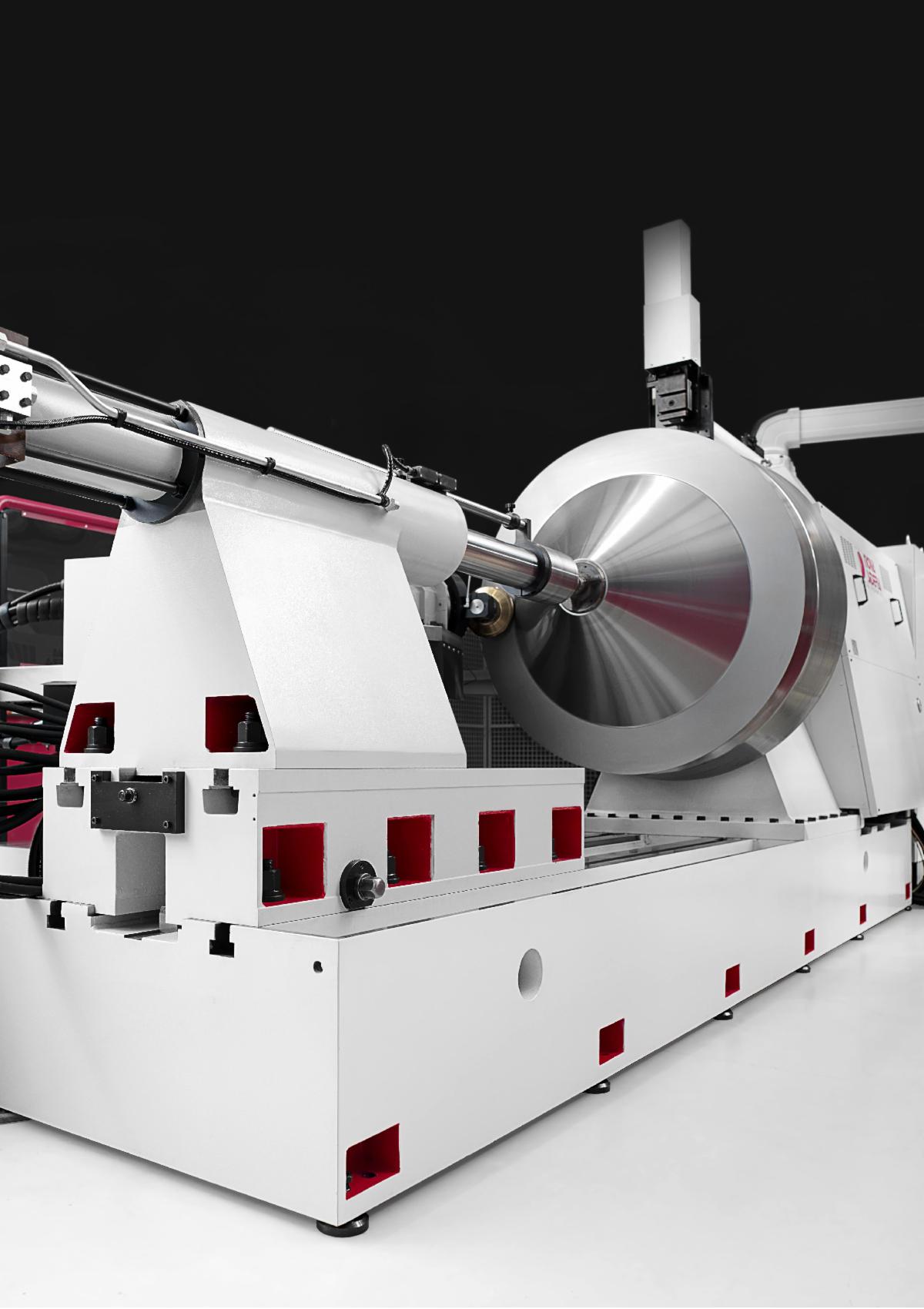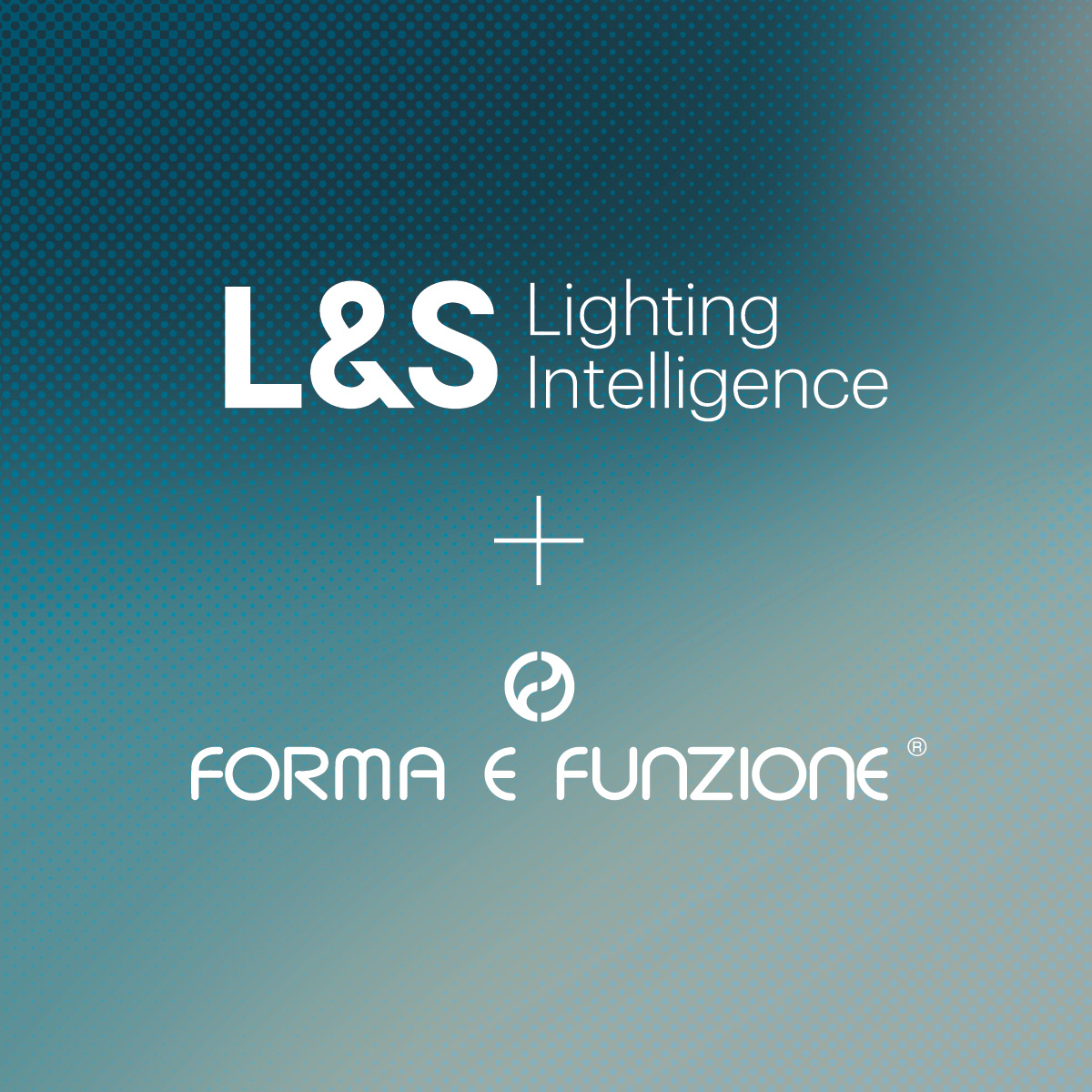Chef Andrea Marchesin and his culinary team believe in honoring all of the local ingredients they use in the kitchen while presenting them in an elegant, fun, and approachable way. To share his love for the art of food, we have created two intimate monthly dining series showcasing our team’s culinary creativity inspired by art, nature, and the science of multi-sensory flavor perception.
Each dinner will provide 16 special guests, with an exclusive and beyond-ordinary experience that will remain etched in their memories forever.
- Masterclass: Join Chef Andrea Marchesin for an immersive behind-the-scenes dining experience where you’ll learn firsthand all the secrets and techniques involved in the making of one of our most beloved classics: our Fiorentina.
- Specialty Dinner: Our newest dining experience welcomes foodies to savor the premium taste of expertly aged ingredients. Through the process of aging, our culinary team further enhances the flavors for an unparalleled dining experience.
- Pic-nic:Join us at Toscana Divino for a Specialty Dinner where you’ll enjoy a one-of-a-kind picnic experience paired with some of our best wines. Expertly curated by our Executive Chef Andrea Marchesin.
- Fermento: Bring your curious taste-buds and open minds to this Specialty dinner as we explore the microbial world of fermentation processes through a one-of-a-kind menu expertly curated by Chef Andrea Marchesin.
- Musa: This Specialty Dinner honors Miami’s famous annual Art Basel Fair as well as some of the great artists of the world. Our culinary team, led by Chef Andrea Marchesin will recreate masterpieces through every course.














